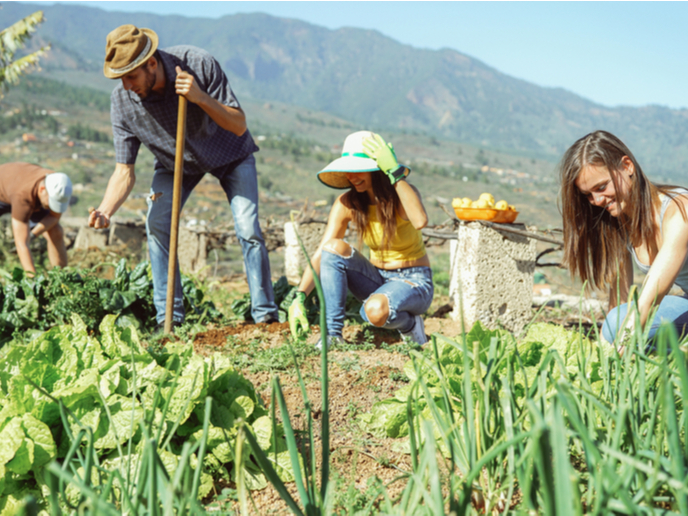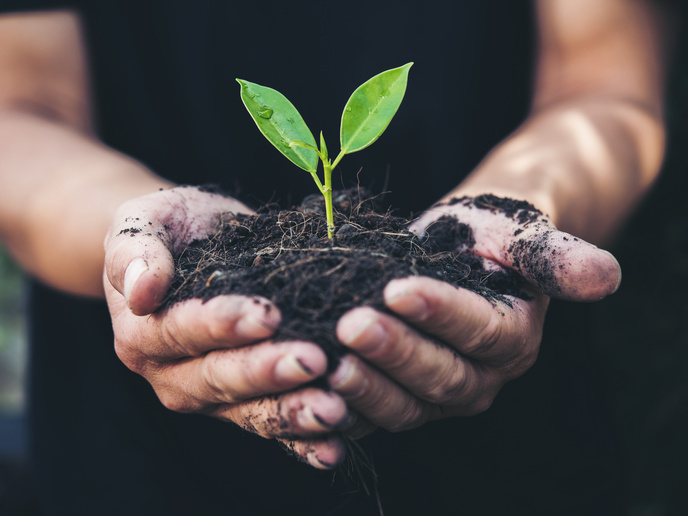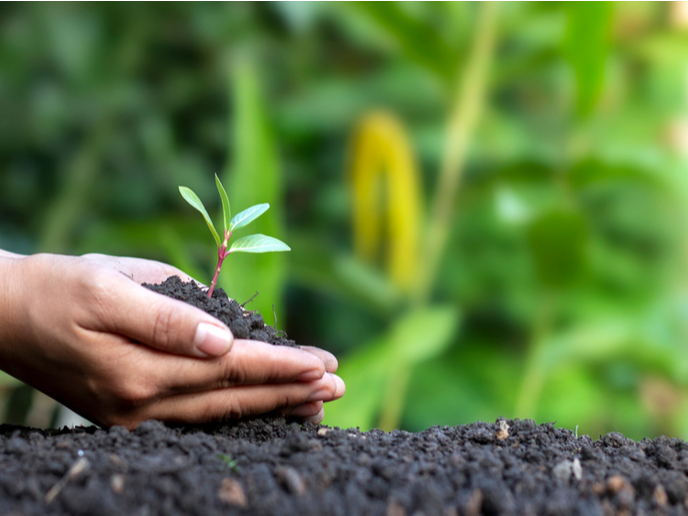Helping farmers to keep their land fertile
Farmers’ incomes depend to a large extent on the state of their land, with intensive production systems making soil health a growing concern across Europe. However, information on the specific issues affecting soils and on how to tackle them can be hard to come by. To bridge this gap, the EU-funded BEST4SOIL (Boosting 4 BEST practices for SOIL health in Europe) project has created a network for sharing know-how on soil health. It focuses on good practice for keeping soils healthy and fertile and for reducing the spread of soil-borne diseases and nematodes, tiny roundworms feeding on the roots of plants. “An international team of scientists gathered a lot of information for practical use. BEST4SOIL makes this knowledge available through videos, fact sheets, databases and a decision support tool,” says Harm Brinks, BEST4SOIL coordinator and project manager at Delphy, the Dutch agriculture and horticulture consultancy hosting the project.
Making the right choices
The decision support tool is a web interface where farmers and advisers can enter information about the location, soil, type of crops and types of pathogens or nematodes to generate an inquiry. Based on this inquiry, the system will search its databases to identify the most promising strategies. “It can be used as a risk analysis tool, to create sound crop rotations and select measures to restore soil health or prevent problems,” Brinks explains. Crop rotation is one of the most efficient techniques for controlling soil-borne diseases and pests. To maximise its impact, farmers need to carefully adjust the system to local conditions. BEST4SOIL can help them assess which crops to grow in which order, and how best to combine rotation with other management practices.
Best practice in the field
The project focuses on four practices which are key to soil health: green manure, compost, anaerobic soil disinfestation (ASD) and (bio)solarisation. “Compost and green manure crops deliver organic matter to the soil: they are an important source of micronutrients, which are necessary for soil fertility and biodiversity,” Brinks adds. ASD and (bio)solarisation, on the other hand, help to fight diseases and parasites: “Many soils are contaminated with nematodes and pathogens which damage crop yield and quality. Biological control measures help to restore soil health by getting rid of infestations.” Information and advice on how to use these practices are shared on the website through videos and fact sheets. All online resources, including database content, are made available in 22 EU languages.
Connecting practitioners
The web platform is just one of the channels through which the BEST4SOIL network is reaching out to farmers. Facilitators across 19 EU countries and the United Kingdom organise local activities such as meetings, conferences and workshops offering training opportunities and enabling participants to connect and exchange experiences. Ultimately, the project aims to build a community of practice connecting growers, advisers, educators and researchers across Europe. The team hopes to keep the network active after the project draws to a close. “The project partners guarantee that all the information will remain available for at least 5 years. But we are working on a plan to keep it online for much longer,” Brinks notes. With his colleagues, he is exploring different options, including the integration of some of the tools into an agricultural knowledge database currently being developed with Horizon 2020 support.
Keywords
BEST4SOIL, soil health, best practice, manure, compost, anaerobic soil disinfestation, ASD, (bio)solarisation, solarisation, crop rotation, network







